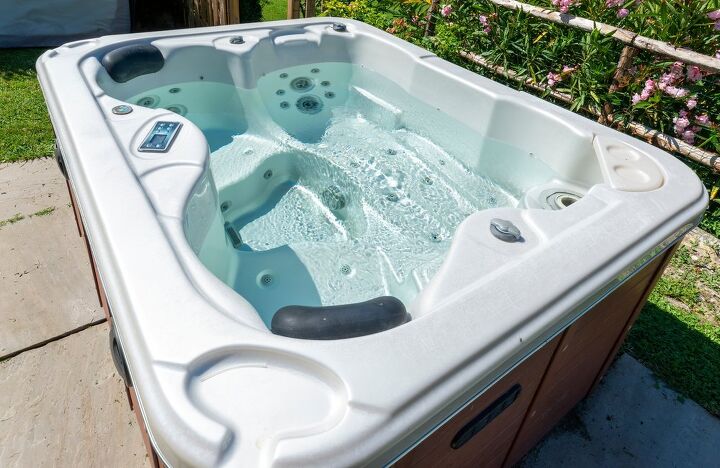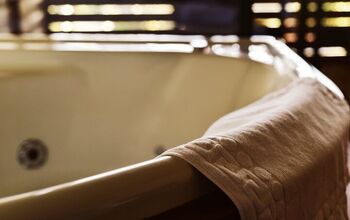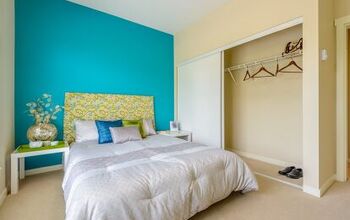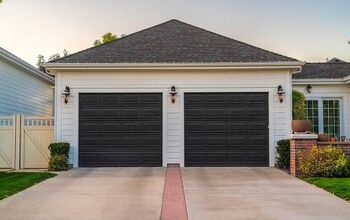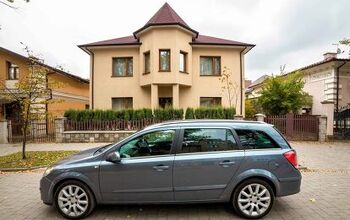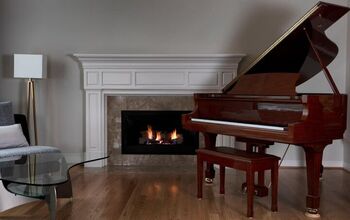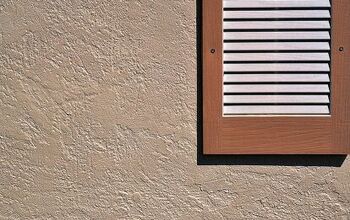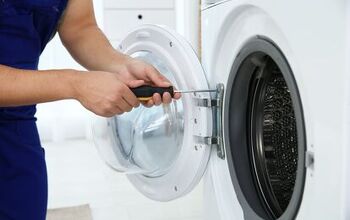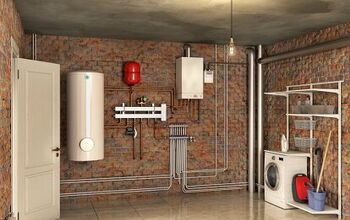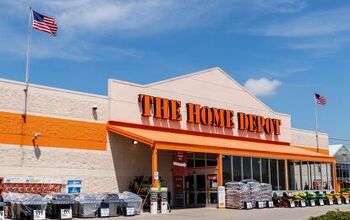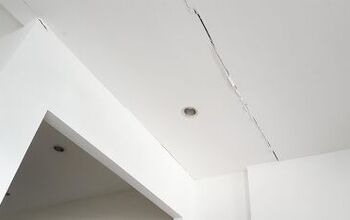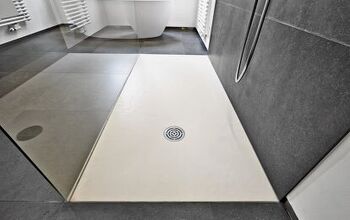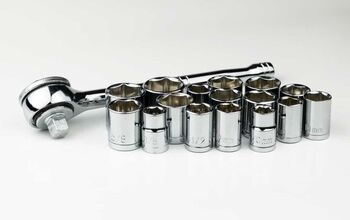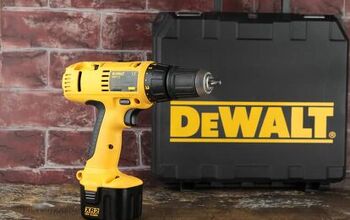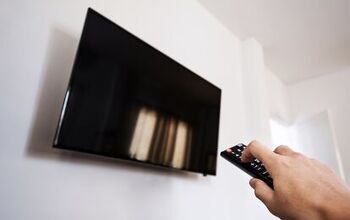Standard Hot Tub Dimensions (with Drawings)

Whether purchasing a hot tub to entertain or as an exercise solution, there are several considerations to keep in mind. If you’ve looked at different styles and models, remember that you should also consider the size. Use this as a guide to determine the hot tub you need for your backyard or home.
Standard hot tubs come in three sizes: small, medium, and large. A small hot tub can accommodate 2 to 4 people, and a medium hot tub can accommodate 5 to 6 people. A large hot tub can accommodate 7 or more people.
What’s the Average Size of a Hot Tub?
On average, hot tubs are available in three sizes: small, medium, and large. Each size can fit a different amount of people, but there are also differences in length, width, and height.
A small-size hot tub can accommodate 2 to 4 people comfortably. It has a length of 64 inches to 84 inches and a width of 64 inches to 80 inches. The height ranges from 29 to 35 inches.
A medium-size hot tub can comfortably accommodate 5 to 6 people. It has a length of 78 to 93 inches and a width of 76 to 93 inches. The height ranges from 33 inches to 38.5 inches.
A large-size hot tub has a length of 84 to 108 inches and can fit 7 or more people. The width ranges from 84 to 110 inches, and the height ranges from 36 to 38 inches.
Hot Tub Sizes
There are several different styles of hot tubs. While they may be the same size, the number of seats and other features can be different. Before you choose the size hot tub you want, you should decide how you will use the hot tub.
If your hot tub is only for you and your partner, you may only need a small-size hot tub. If you’re planning to invite friends over to use the hot tub, you may need a larger-size hot tub. Keep these things in mind before purchasing your hot tub.
Small-Size Hot Tub
Small-size hot tubs are great if you don’t plan to have many guests over. They are also beneficial if you and your family are shorter in height. A small hot tub can still have the same features as a larger hot tub but in a more compact size.
A small hot tub can fit 2 to 4 people. They can range in size from 60 by 60 inches to 84 by 80 inches. They usually have a wall height of 29 to 35 inches.
If you’re looking to minimize the space your hot tub occupies, this is the best option for you. Small hot tubs can easily fit in most backyards, and the cost can be lower than a larger hot tub.
Medium-Size Hot Tub
Medium-size hot tubs are the most popular choice for homeowners. They can vary in size from 78 by 76 inches to 93 by 93 inches. The wall height is usually 33 to 37 inches.
A medium-size hot tub can accommodate 4 to 6 people, great for families and those who occasionally have guests over. This is also a good size if you prefer more personal space when in your hot tub.
When buying a hot tub, you should consider the size of the footwell. The larger the footwell, the more space you will have to stretch out your legs.
Large-Size Hot Tub
Large hot tubs are ideal for those who enjoy entertaining. These hot tubs range from 84 by 84 inches to 108 by 110 inches. A large hot tub can accommodate 7 or more people and can be 38 inches deep.
The large hot tub is best for those who are tall. The footwell of a large hot tub is deeper than those of a small or medium-size hot tub.
Other Hot Tub Sizes
In addition to the standard sizes discussed above, there are also more customized options.
For example, round hot tubs are often designed for 3 to 5 people. They can have diameters of 72 to 84 inches and wall heights of 36 inches. The Sundance Denali Spa has a diameter of 78.5 inches and a height of 36 inches.
Corner hot tubs are another custom option designed for 2 to 3 people. These hot tubs are triangular in shape and usually about 72 inches long. The Sundance Tacoma Spa is a corner hot tub that is 68 by 68 inches and 31 inches tall.
Types of Hot Tubs
When you’re looking to buy a hot tub, there are many decisions to make. In addition to size, you also want to consider the type of hot tub you want.
Portable Hot Tub
If you want to have the most options for size, color, features, and seating, a portable hot tub is for you. This is the traditional hot tub you think of when picturing one in your mind. The portable hot tub was developed shortly after wooden hot tubs and is very durable.
Portable hot tubs are not lightweight and usually tricky to move. While they are portable because you can move them to a location, it takes a lot of work. They also need a special pad in place to support their weight.
Swim Spa
A swim spa is a hot tub that is usually built into a deck. Swim spas are bulkier than traditional hot tubs. They also require a foundation.
Because swim spas are larger than traditional hot tubs, they are easy to swim or exercise in. Due to their size, these are more expensive than other hot tubs and require a dedicated space. They also have high operating costs due to the amount of water needed and the electricity used to keep the temperature.
Rotationally Molded Hot Tub
Rotationally molded hot tubs are a great option if you want hydrotherapy but cost less than a swim spa. These hot tubs weigh under 300 pounds, have contoured seating, and are more affordable.
The downside of the rotationally molded hot tub is that they are not as efficient as traditional models. They also tend to be less attractive because they are plastic. A benefit of this model is that they are durable and less likely to be damaged.
In-Ground Hot Tub
Most in-ground backyard hot tubs are built adjacent or as part of an in-ground swimming pool. These hot tubs are usually custom-built and require a permit for the work. Because the hot tub is custom, expect to pay more than you would for a hot tub in the store.
Wooden Hot Tub
A wooden hot tub is the first type of hot tub–made six decades ago. It was originally designed for soaking but soon became more similar to the hot tub use of today.
If you are considering a wooden hot tub, keep in mind the heating source. The heat source will determine how quickly your water will heat. It will also determine the hot tub’s location.
While these are aesthetically pleasing to some buyers, they are not less expensive than traditional hot tubs. They also require assembly and don’t have the typical features most people associate with a hot tub.
Inflatable Hot Tub
Inflatable hot tubs are new to the hot tub market. Inflatable hot tubs are made out of laminated PVC material or polyester and come in a variety of styles. They also have several different features to choose from when purchasing.
Some benefits of these hot tubs are that they are inexpensive and easy to move to a new location. Most inflatable hot tubs plug into a 110-voltage outlet and can warm up relatively well.
A downside of inflatable hot tubs is that they are less durable than traditional hot tubs. Due to the material, they can be easily punctured and tend to be less comfortable since there are no molded seats. They also cost more to heat and run than traditional hot tubs.
Soft-Sided Hot Tub
Many people think that soft-sided hot tubs and inflatable hot tubs are the same, but they have some differences. The main difference is that soft-sided hot tubs are not often found in showrooms but rather online or at tradeshows.
Similar to inflatable hot tubs, you have to plug them into a 110-voltage outlet. However, they are not very comfortable for long periods. They also don’t run efficiently and don’t have a high-quality performance like other styles do.
Related Questions
What’s the average cost of a hot tub?
The average price of a hot tub ranges from $3,000 to $16,000. A good quality entry-level hot tub can cost $4,000 to $8,000. More premium or luxury options can range from $12,000 to $35,000 or more.The cost of your hot tub will also continue after you purchase it. Basic hot tub maintenance costs average about $20 per month, but this will depend on the water care system.
What size slab or foundation do you need for a hot tub?
If your hot tub requires a slab or foundation, the slab should be 6 inches larger all the way around. The slab thickness should be 6 inches, too. 4000 PSI concrete is best, and you do not need footers. Use a mat of ½-inch rebar 12 inches on the center and tie together with wire ties to reinforce the slab. You can also place bricks under the rebar to ensure it’s in the middle of the slab. After pouring the concrete, apply sealer one day later to help cure the slab and keep it moist for 7 days.

Stacy Randall is a wife, mother, and freelance writer from NOLA that has always had a love for DIY projects, home organization, and making spaces beautiful. Together with her husband, she has been spending the last several years lovingly renovating her grandparent's former home, making it their own and learning a lot about life along the way.
More by Stacy Randall



